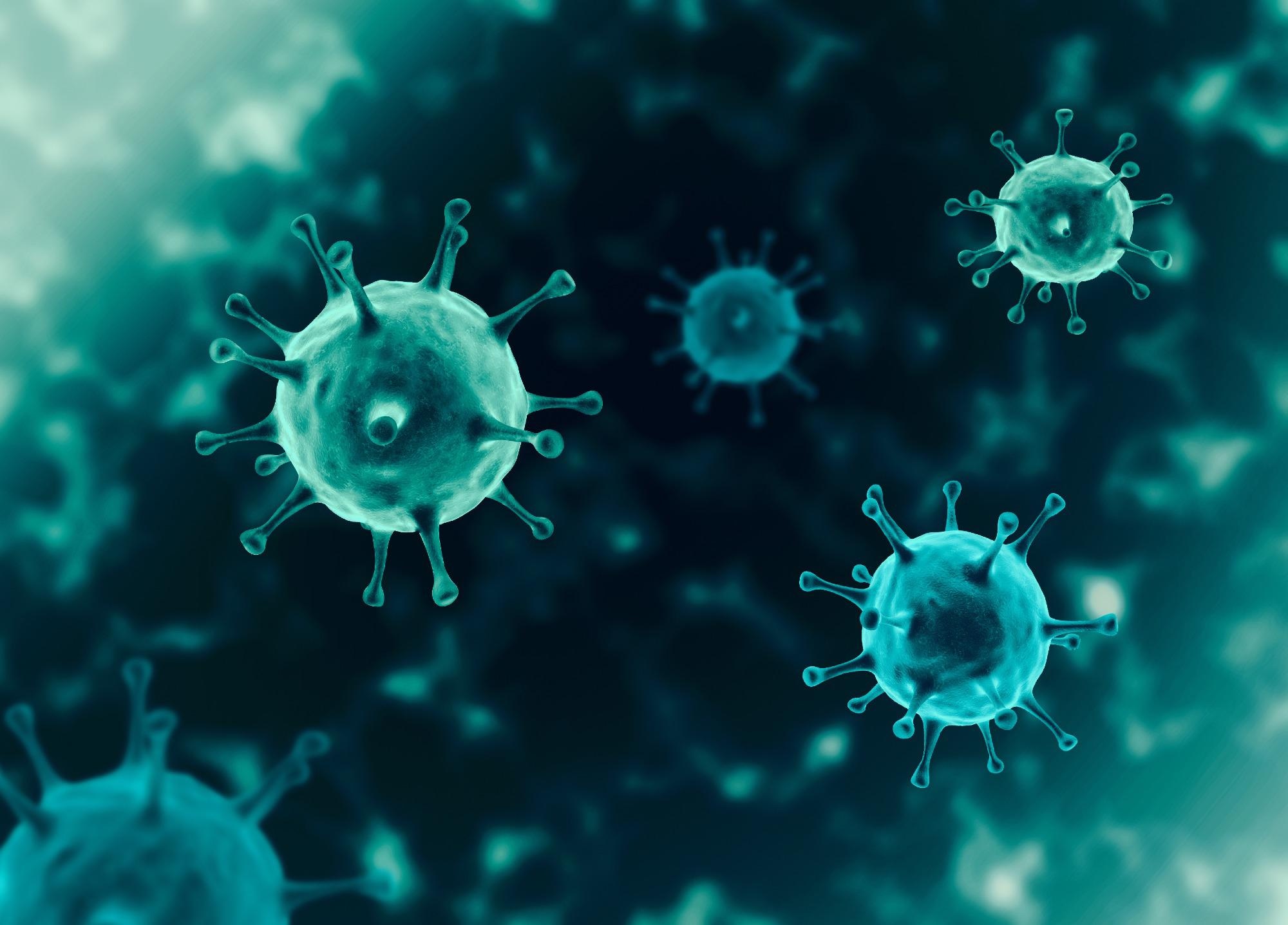Reviewed by Alex SmithAug 31 2021
As far as COVID-19 patients are concerned, rapid and precise clinical evaluation of disease progression and mortality is crucial for patient management.

Image Credit: Shutterstock.com/ Nhemz
Despite various predictors being suggested, they have been restricted to subjective evaluation, supervised deep learning approaches or semi-automated schemes. These predictors are subjective or need time-consuming annotation of training cases.
In a multi-center study reported in the journal Medical Image Analysis, a team of researchers headed by Hiroyuki Yoshida, PhD, director of the 3D Imaging Research at Massachusetts General Hospital (MGH), revealed that unattended deep learning based on computed tomography could offer a considerably higher prognostic performance compared to established laboratory tests and present image-based visual and quantitative survival predictors.
For every patient, the model has the ability to predict the time when COVID-19 advances and, therefore, the time when the patient has been admitted to an intensive care unit or when the patient is diseased, something that other image-based prediction models are unable to make.
Also, the time information assessed by the model allows stratification of the patients into low- and high-risk groups by a broader margin compared to what is possible with other predictors.
Our results show that the prediction performance of the unsupervised AI model was significantly higher and the prediction error significantly lower than those of the previously established reference predictors.
Hiroyuki Yoshida, PhD, Director of 3D Imaging Research, Massachusetts General Hospital
“The use of unsupervised AI as an integral part of the survival prediction model makes it possible to perform prognostic predictions directly from the original CT images of patients at a higher accuracy than what was previously possible in quantitative imaging,” added Yoshida.
In a companion study reported recently in the journal Scientific Reports-Nature, the research team had revealed that supervised AI can be utilized to anticipate the survival of COVID-19 patients from their chest CT images.
Yet, the new unsupervised AI model opened new paths by preventing the technical limitations and the difficult annotation measures of the early predictors through the use of a generative adversarial network, which makes it possible to train a full end-to-end survival analysis model directly from the images.
It is a much more precise and highly advanced AI technology.
Hiroyuki Yoshida, PhD, Director of 3D Imaging Research, Massachusetts General Hospital
Even though the study was restricted to COVID-19 patients, the team hopes that the model can be generalized to other diseases also.
Issues such as Long COVID, the Delta variant, or generalization of the model to other diseases manifested in medical images are promising applications of this unsupervised AI model.
Hiroyuki Yoshida, PhD, Director of 3D Imaging Research, Massachusetts General Hospital
The study co-authors include Tomoki Uemura, PhD, Janne J. Näppi, PhD, Chinatsu Watari, MD, PhD, and Toru Hironaka, MSc, of MGH, and Tohru Kamiya, PhD, of Kyushu Institute of Technology, Japan.
Journal Reference:
Uemura, T., et al. (2021) Weakly unsupervised conditional generative adversarial network for image-based prognostic prediction for COVID-19 patients based on chest CT. Medical Image Analysis. doi.org/10.1016/j.media.2021.102159.